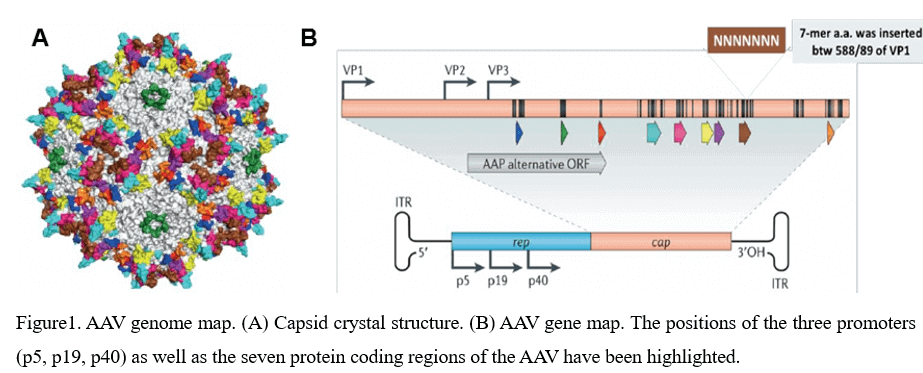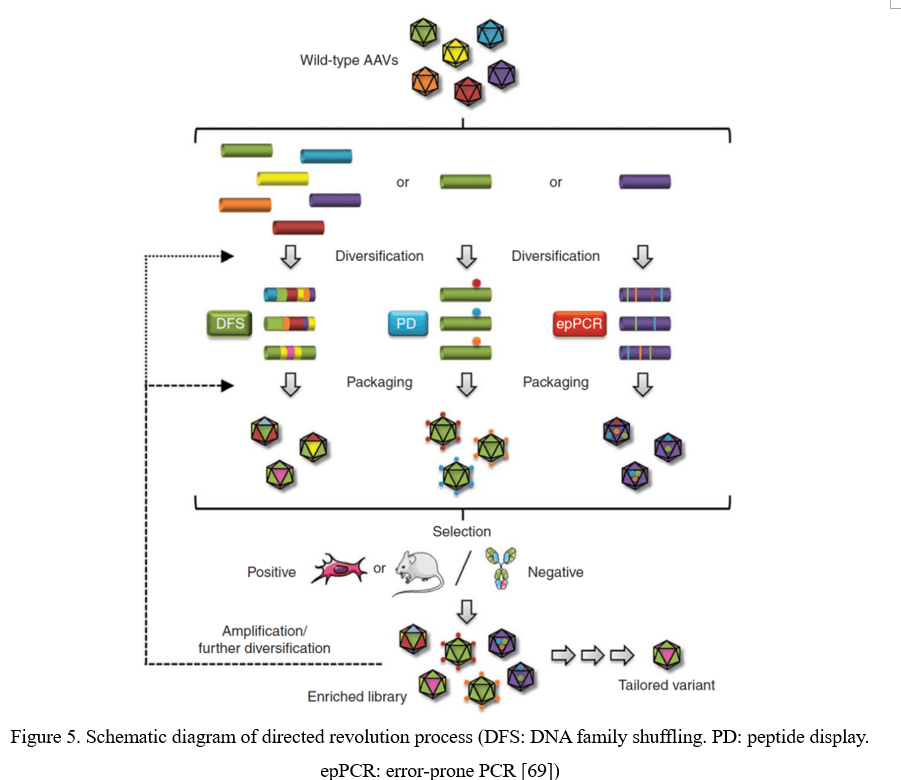Gene delivery benefits offered by AAV system
by Black White Press Release SubmissionOften AAV (Adeno associated virus) is considered to be the favored methodology to deliver genes to the target cells. This is because of the mild immune response, higher titer, overall safety and the ability to infect different types of cells.
About AAV system
Primates and humans can both be infected by native AAV. But no reported cause has been found on the disease and also minimal risks are caused to humans. When other viral vectors are compared with like adenovirus, mild immune response is elicited by AAV with regards to animal models. Hence, researchers do find AAV to be an ideal virus to deliver in vivo the genes or for those concerning safety. Since it affects different cell types, its infection is said not to be depend on active cell division. When using other viruses like lentivirus or retrovirus, one major concern is random integration events which may disrupt gene function.

Since AAV is not found to integrate within host cell genome, insertional mutagenesis risk is considered to be low. In non-dividing cells, AAV has the ability to exist for a long time period in the form of concatomers. But when replicating cells, it gets lost.
Native AAV requires co-infection by using helper virus to produce AAV infection and is replication deficient. The essential helper genes are supplied by AAV helper free-expression-system on different plasmids, thereby offering helper function that is crucial for infection purpose. At the same time, it eliminates requirements of helper virus. With the co-transfecting of 293 cells, it is possible to generate recombinant AAV vector system to supply essential adenoviral E1 genes combined with rep-cap plasmid, pHelper plasmid and AAV expression plasmid.
Viral ITR sequences are present in the expression plasmid, which is used for cloning purpose and to express gene of interest. Options are available to express different reporters to help in analysis. Rep & cap genes are present in Rep-Cap plasmid, which in turn specifies clearly the serotypes. On separate plasmid, when rep & cap genes are provided, it helps to enhance AAV production cloning capability that is otherwise limited because of tiny genome size.

Adenoviral genes E4, E2A and VA are found in pHelper plasmid, found typically in helper virus, essential for successful infection. After transfection, it is for about 48 to 72 hours that the cells get harvested and are subjected to series of thaw/freeze cycles. This helps the virus to be released from the cells, which is then gathered by centrifugation. Crude lysate is then purified, tittered or stored.
Different types of cells are infected by AAV gene therapy, although infection efficiency and effectiveness is said to vary based upon the serotype, determined by capsid protein sequence. There are also identified numerous native AAV serotypes. For recombinant AAV, the serotypes 1 to 9 is cited to be the most used ones.
As a matter of fact, aav transduction and AAV 2 are considered to be the most published and researched upon serotype. For more information, refer to https://www.genemedi.net/i/aav-packaging
Sponsor Ads
Created on Oct 7th 2019 21:19. Viewed 1,007 times.
Comments
No comment, be the first to comment.



